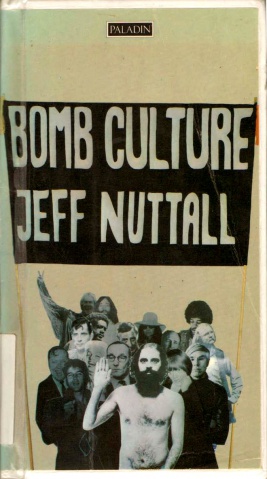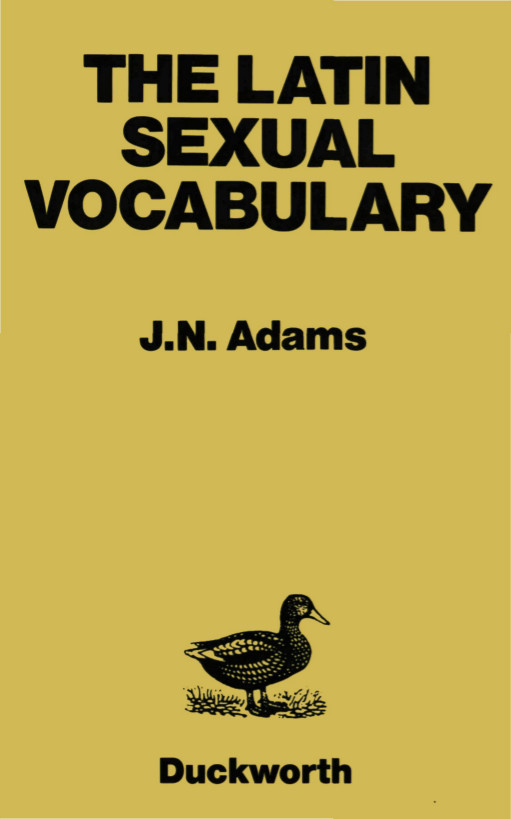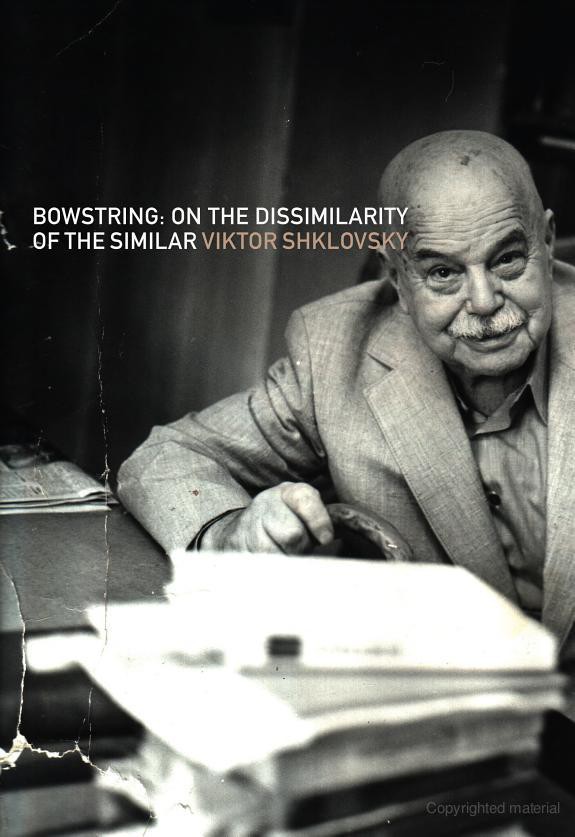Jeff Nuttall: Bomb Culture (1968/1970)
Filed under book | Tags: · activism, affect, anarchism, art, avant-garde, biography, cold war, counterculture, literature, social movements, underground, united kingdom

“Jeff Nuttall’s book, Bomb Culture, an idiosyncratic and semi-auto-biographical account of the build-up to 1968, was written in 1967 and first published just before May 1968. It remains a key primary source for the emergence of international counter-culture in the 1960s. Nuttall played a key role in the London underground scene and coordinated a network of connections with European and American avant-gardes through correspondence and the instigation of a number of small journals and pamphlets, publishing William Burroughs, Dom Sylvester Houédard, Carl Weissner and Michael McLure in his My Own Mag between 1964-67. Through a diverse body of practices, Nuttall – a performance artist and poet – advocated the insurrectionary power of spontaneity and persistently articulated a connection between the power of the imagination and collective revolutionary political consciousness.” (Gillian Whiteley, 2008)
First published by MacGibbon & Kee, 1968
Publisher Paladin, London, 1970; 1972 reprint
252 pages
via filboid
Interview with the author (John May, 1984)
Wikipedia
PDF (no OCR)
Comment (0)J.N. Adams: The Latin Sexual Vocabulary (1982)
Filed under book | Tags: · body, history of literature, language, latin, linguistics, literature, philology, sex, sexuality

Like other languages, Latin had a group of words which speakers regarded as basic obscenities, as well as a rich stock of sexual euphemisms and metaphors. At the lower end of the social and stylistic scale evidence for Latin sexual terminology comes from numerous graffiti. On the other hand certain literary genres had a marked sexual content.
The Latin sexual vocabulary has never been systematically investigated, despite its linguistic and literary interest. This book collects for the first time the evidence provided by both non-literary and literary sources from the early Republic down to about the fourth century A.D.
Separate chapters are given to each of the sexual parts of the body, and to the terminology used to describe sexual acts. General topics treated include lexical differences between various literary genres, the influence of Greek on Latin, diachronic changes within the vocabulary, and the weakening of sexual words into general terms of abuse.
This is a fundamental book in every sense.
Publisher Duckworth, London, 1982
ISBN 071561648X
272 pages
via Gabriela García Palapa
Review (Peter Parsons, London Review of Books, 1983)
Review (D.R. Shackleton Bailey, Classical Philology, 1985)
PDF (72 MB)
Comment (0)Viktor Shklovsky: Bowstring: On the Dissimilarity of the Similar (1970/2011) [RU, EN]
Filed under book | Tags: · literary criticism, literary theory, literature, poetry

“Myths do not flow through the pipes of history,” writes Viktor Shklovsky, “they change and splinter, they contrast and refute one another. The similar turns out to be dissimilar.” Published in Moscow in 1970 and appearing in English translation for the first time, Bowstring is a seminal work, in which Shklovsky redefines estrangement (ostranenie) as a device of the literary comparatist—the “person out of place,” who has turned up in a period where he does not belong and who must search for meaning with a strained sensibility. As Shklovsky experiments with different genres, employing a technique of textual montage, he mixes autobiography, biography, memoir, history, and literary criticism in a book that boldly refutes mechanical repetition, mediocrity, and cultural parochialism in the name of art that dares to be different and innovative. Bowstring is a brilliant and provocative book that spares no one in its unapologetic project to free art from conventionality.
Тетива. О несходстве сходного
Publisher Sovetskii pisatel’, Moscow, 1970
English edition
Translated by Shushan Avagyan
Publisher Dalkey Archive Press, 2011
John F. Byrne Literature series
ISBN 1564784258, 9781564784254
456 pages
Review (Jonathan Foltz, Los Angeles Review of Books)
Review (Bruce Stone, Cinq Magazine)
Publisher (EN)
Google books (EN)
Tetiva: o neskhodstve skhodnogo (Russian, 1970, HTML), Alt link.
Bowstring: On the Dissimilarity of the Similar (English, 2011, EPUB), Alt link.

